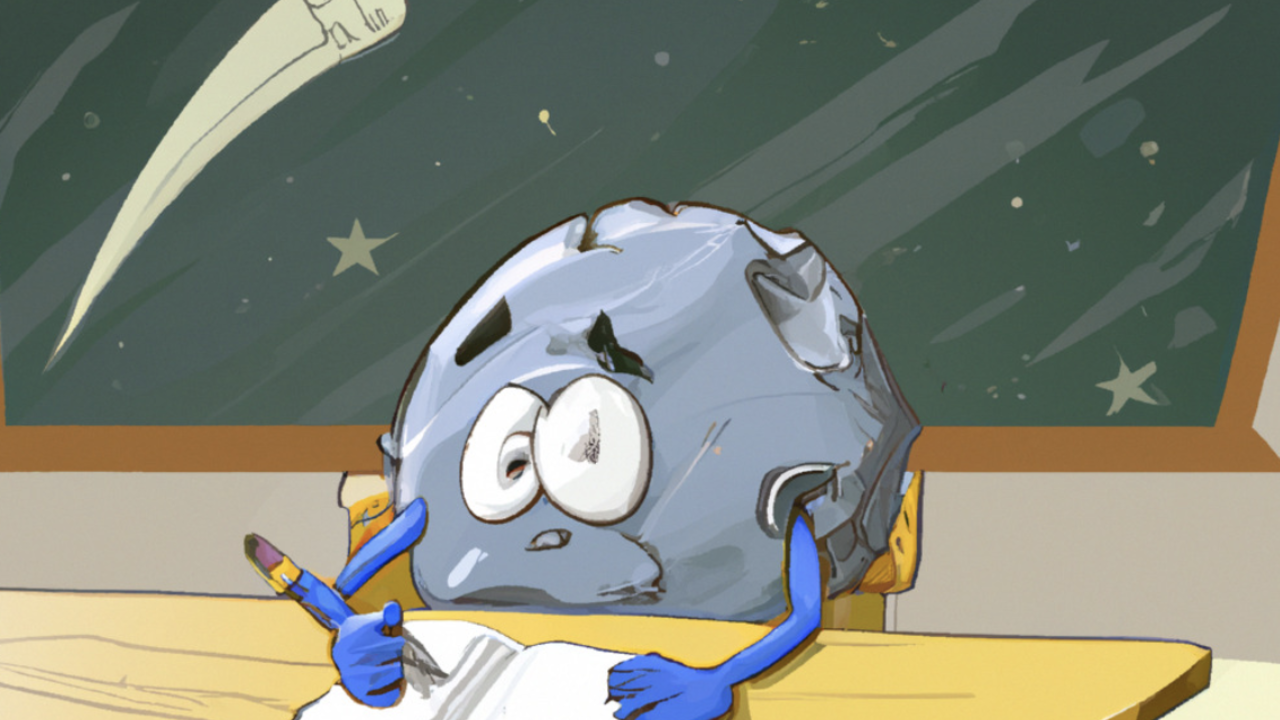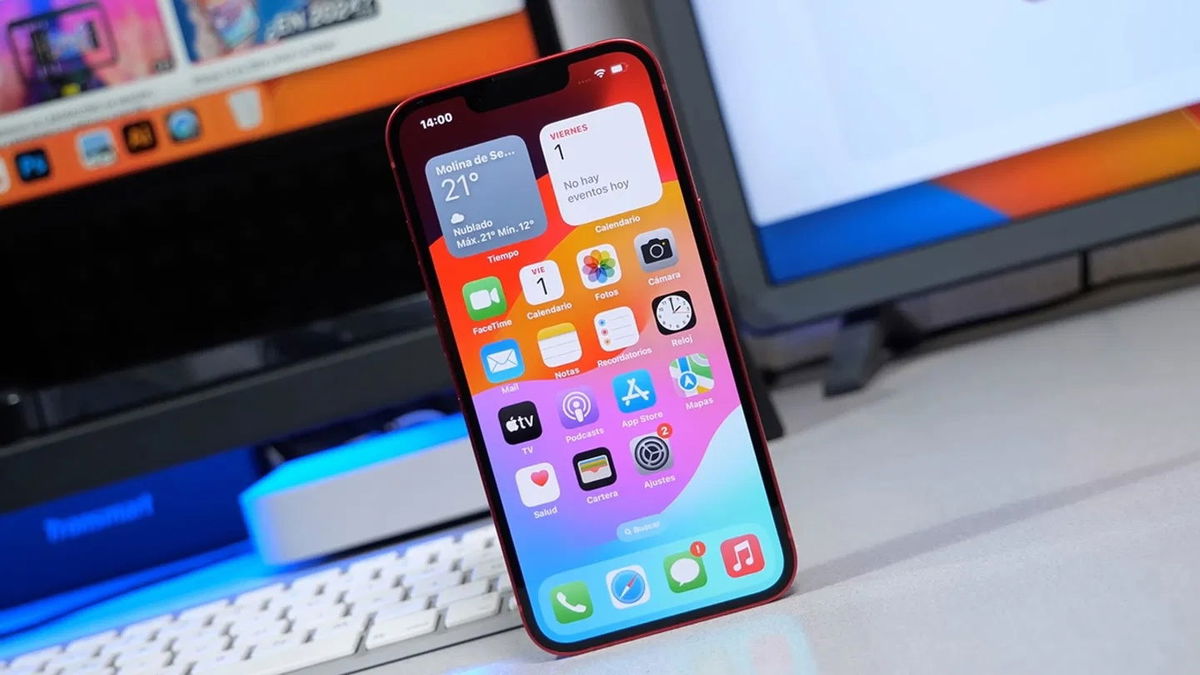Using isotope analysis, the scientists found that carbonate minerals from the asteroid crystallize by reacting with water, which initially hit the asteroid as ice and then heated up and turned into a liquid. They say these carbonates formed very early—in the first 1.8 million years of the solar system’s existence—and preserve a record of the temperature and composition of the asteroid’s then-existing aqueous fluid.
“The Ryugu samples tell us that this asteroid and similar objects formed relatively quickly in the outer solar system, behind condensation fronts of water and carbon dioxide ice, possibly as small bodies,” said one of the study’s authors.
The scientists’ analysis showed that the Ryugu carbonates formed several million years earlier than previously thought, and they suggest that Ryugu – or the ancestral asteroid from which it may have ruptured – began “life” as a relatively small object, possibly a smaller object. 20 kilometers in diameter.
Source: Ferra












